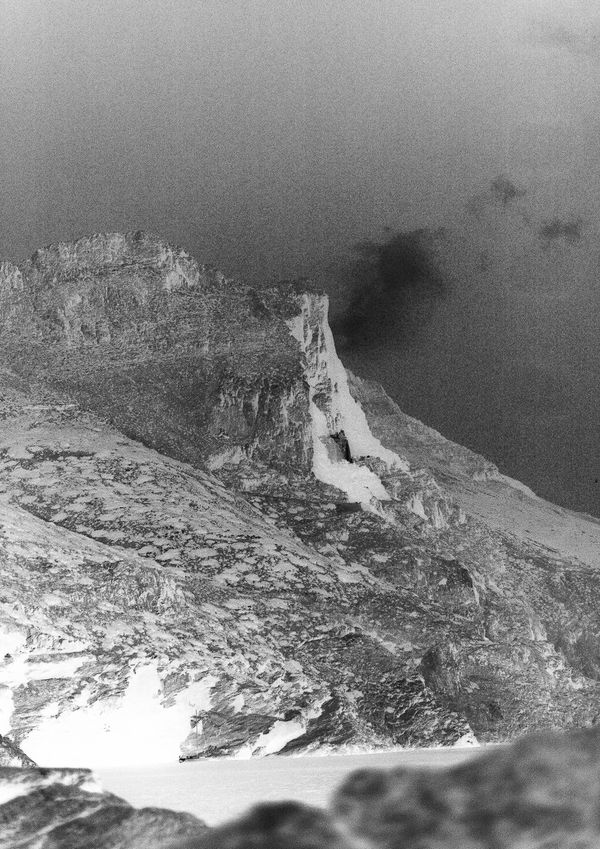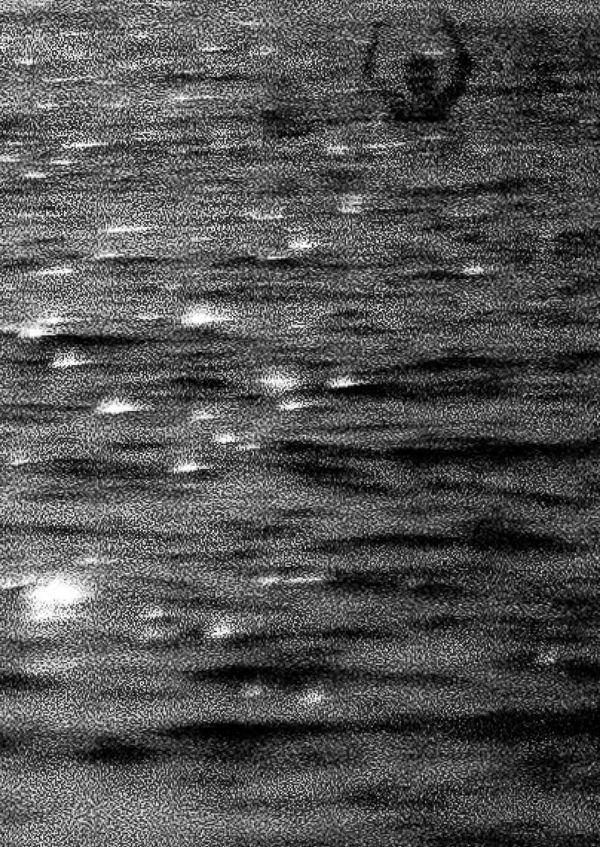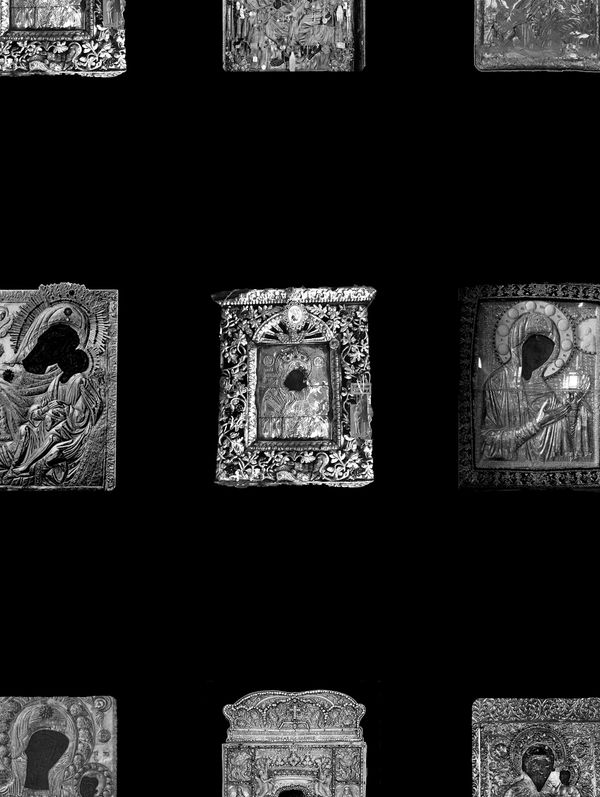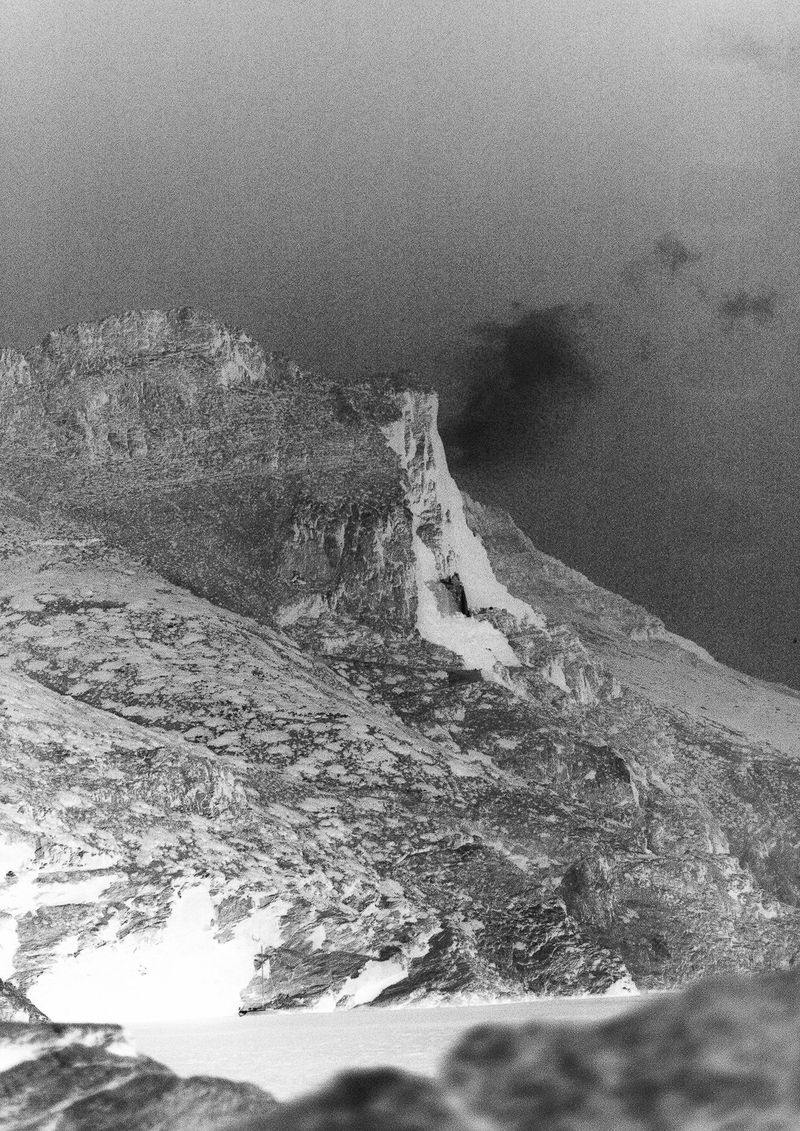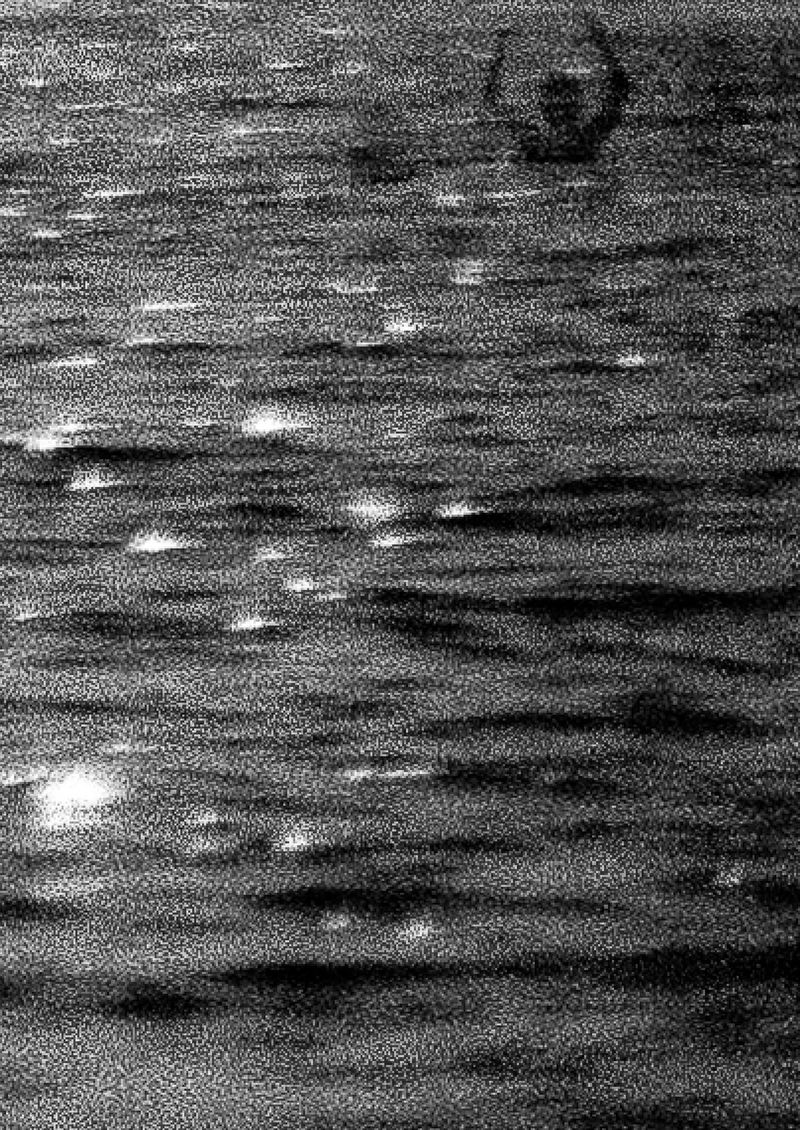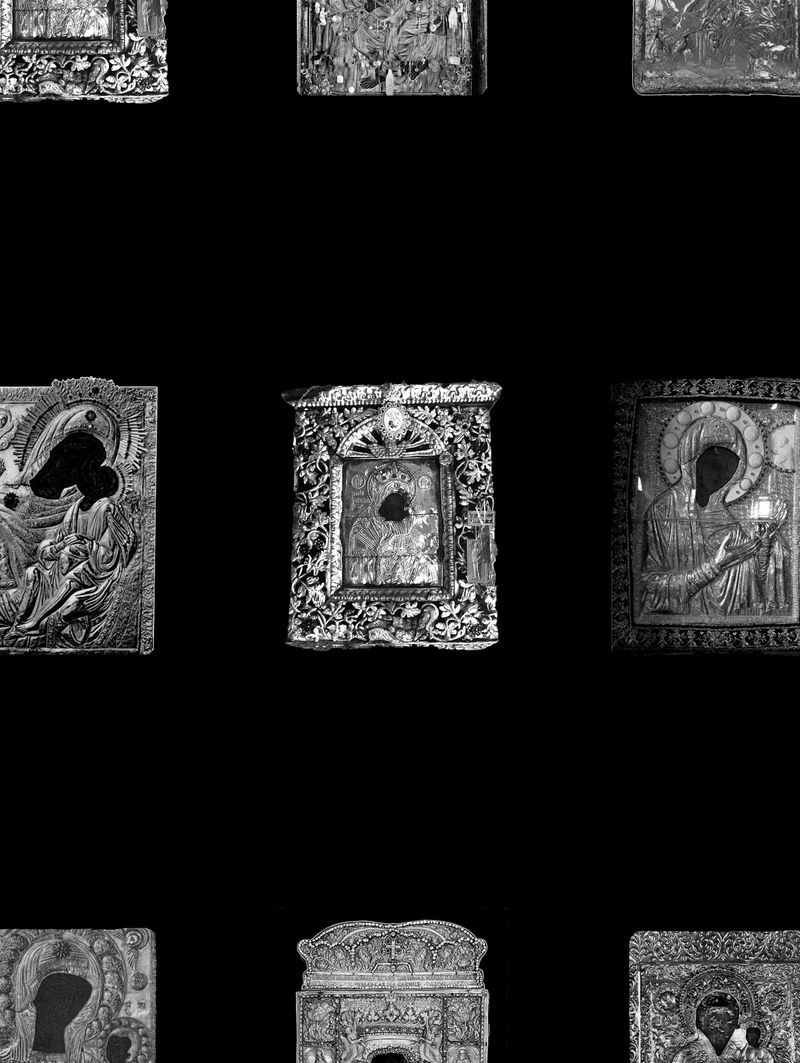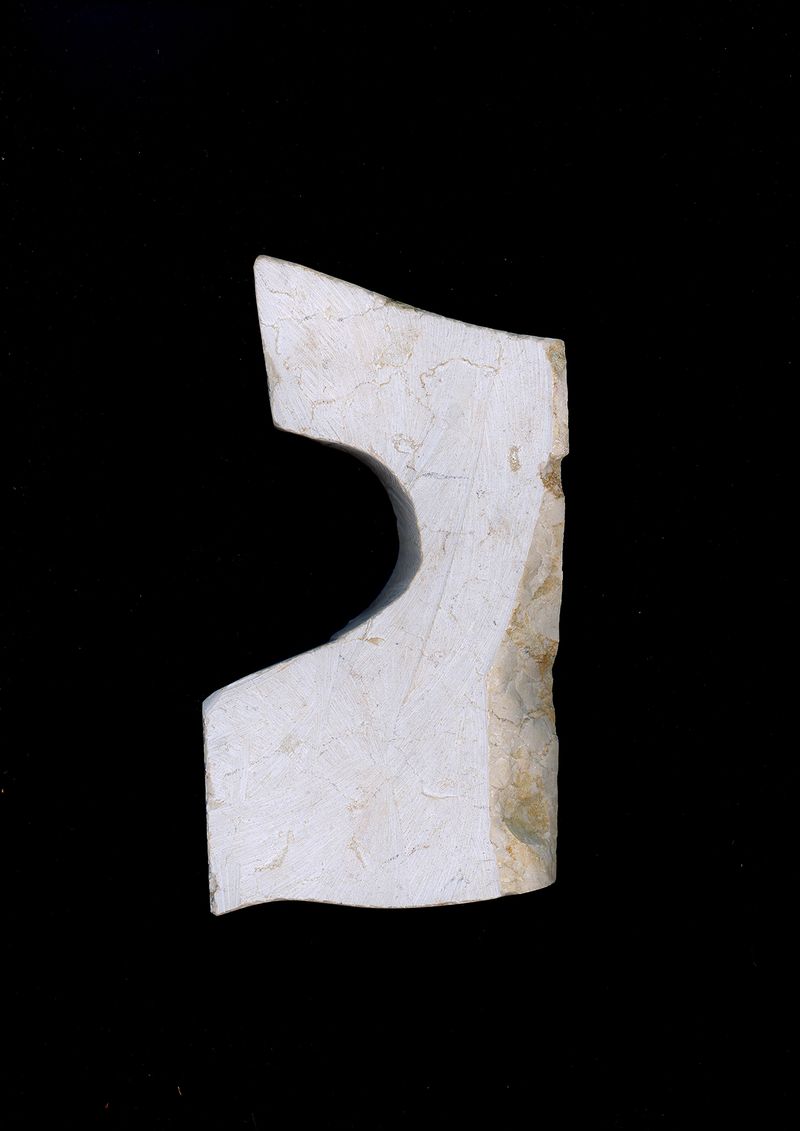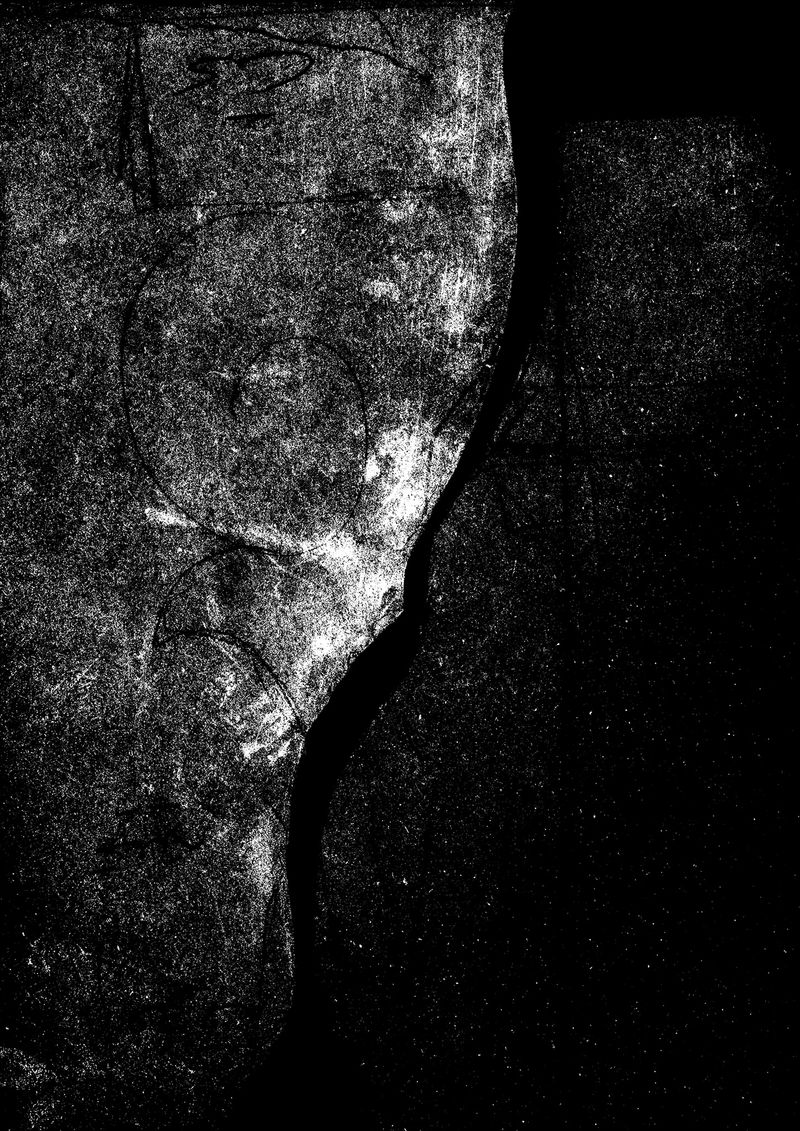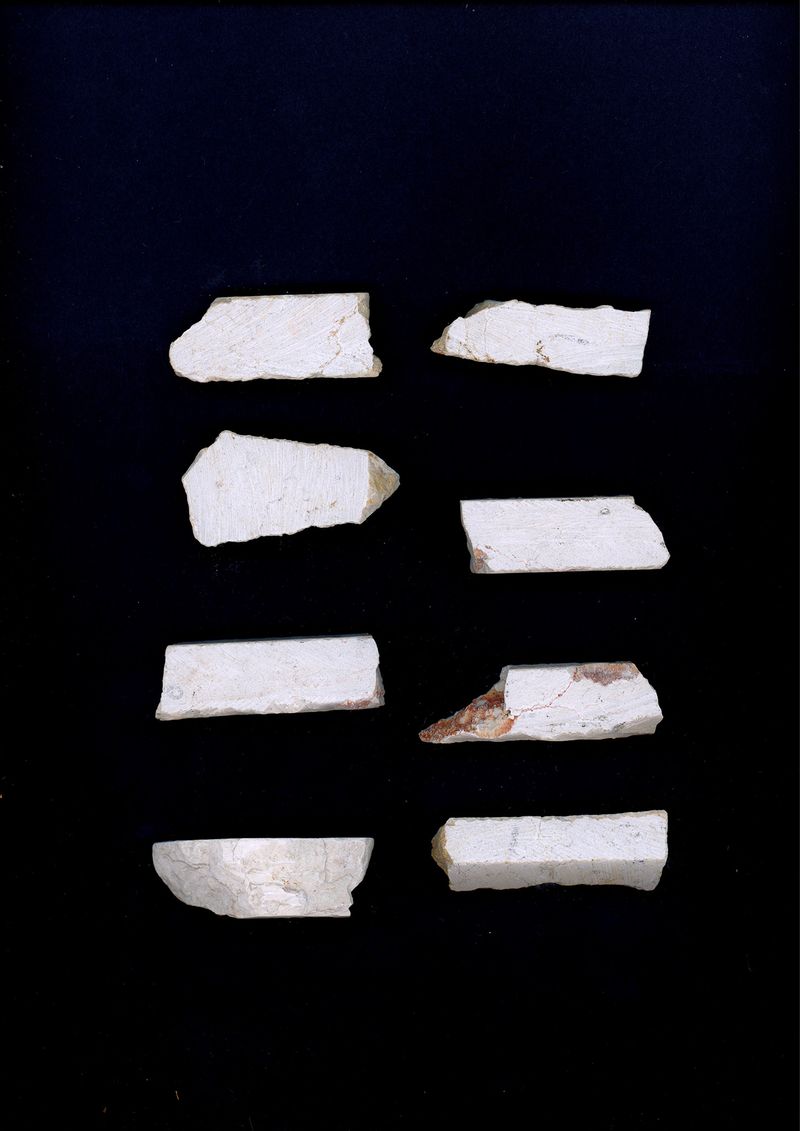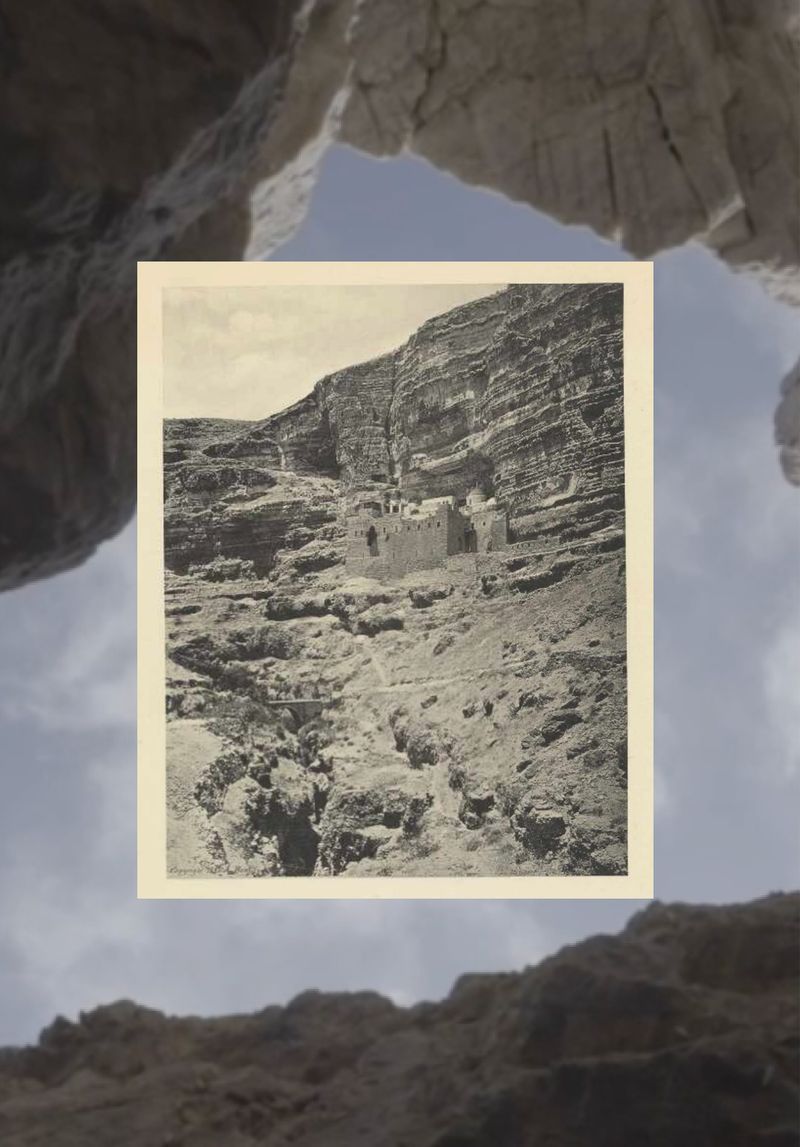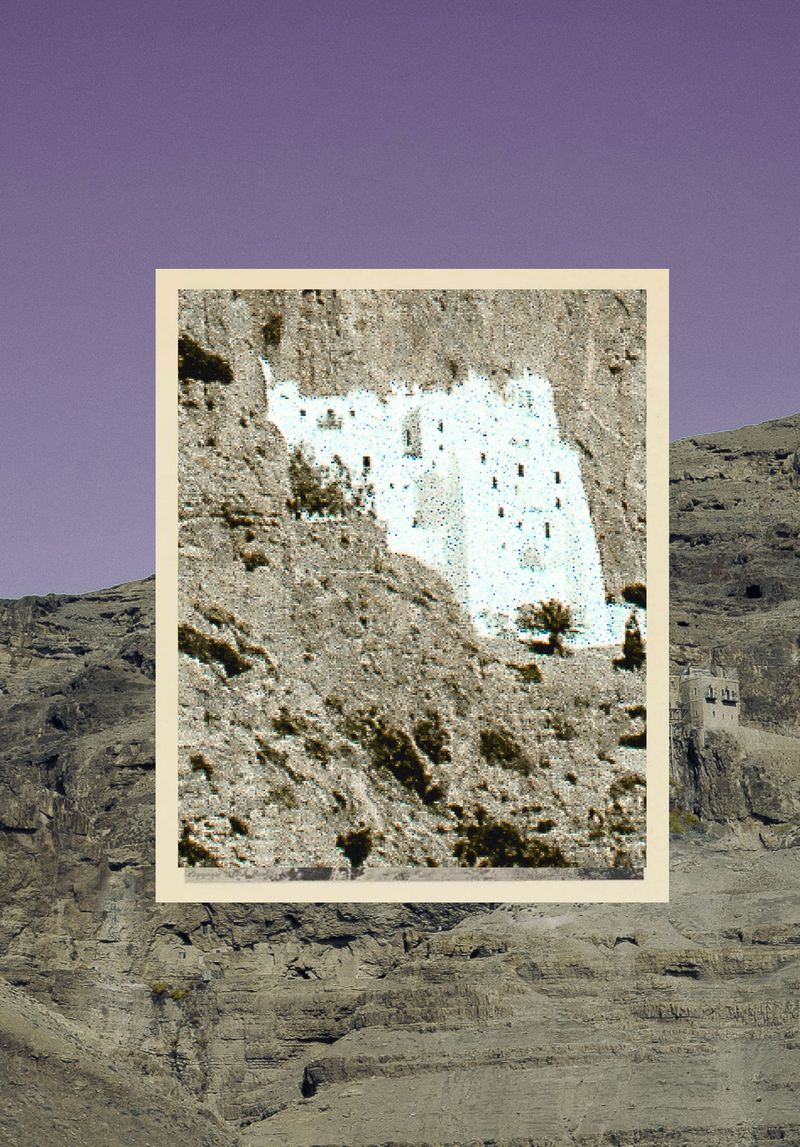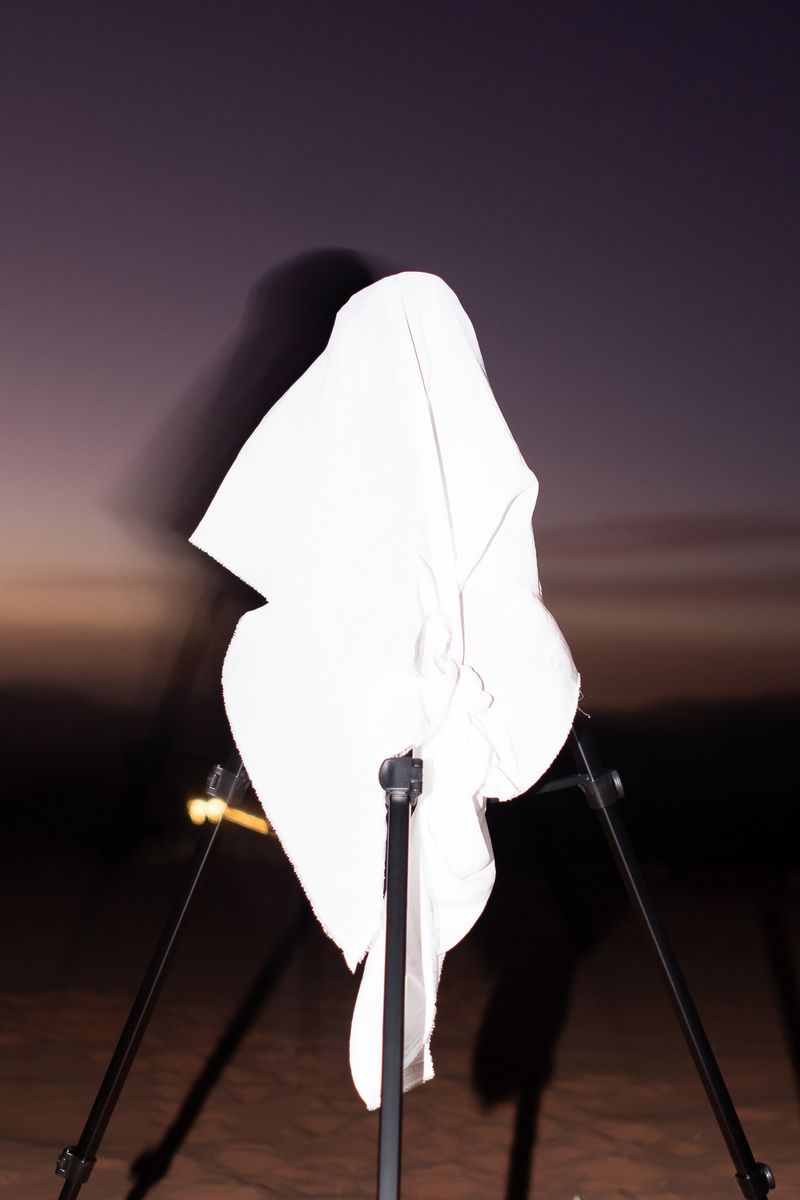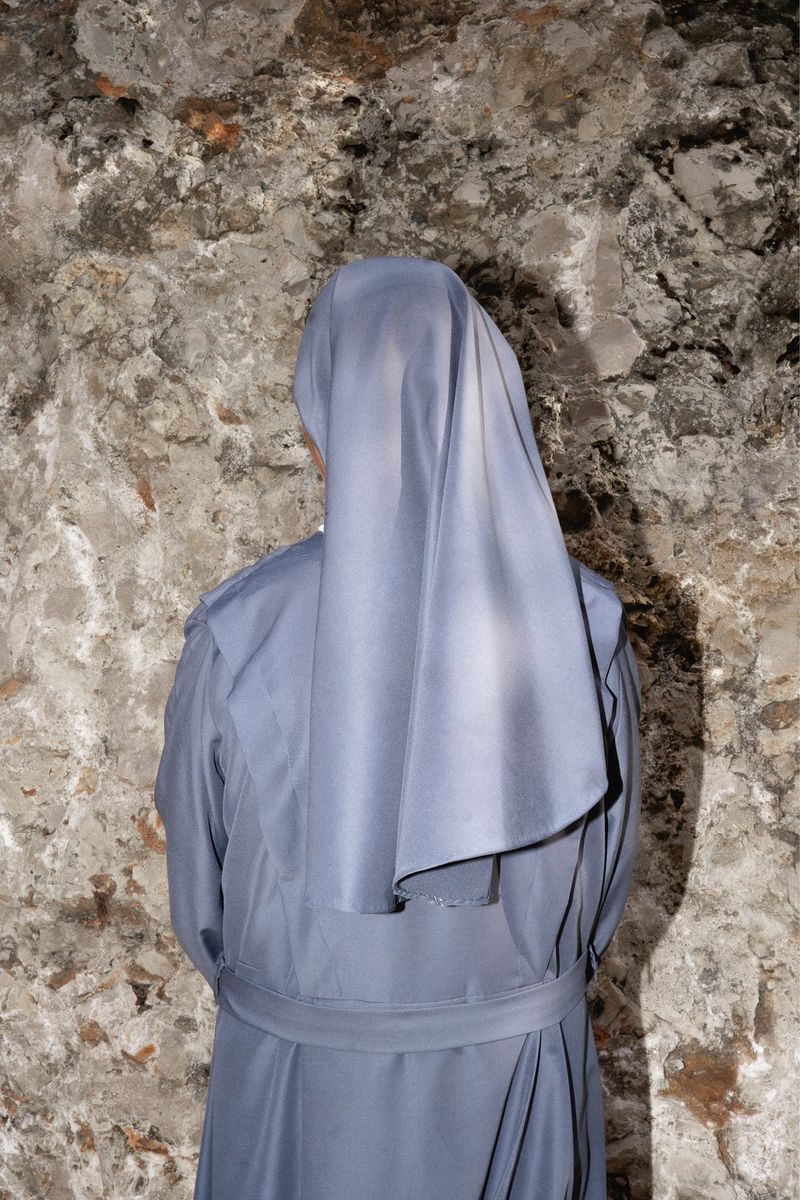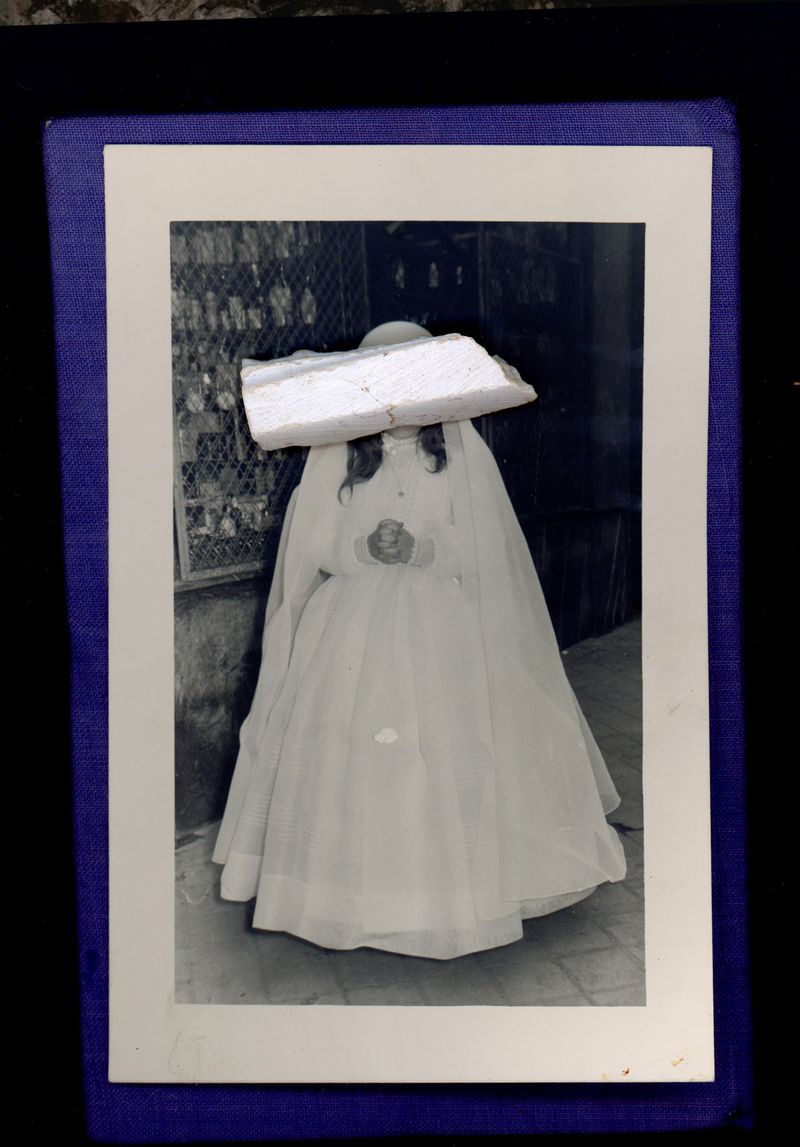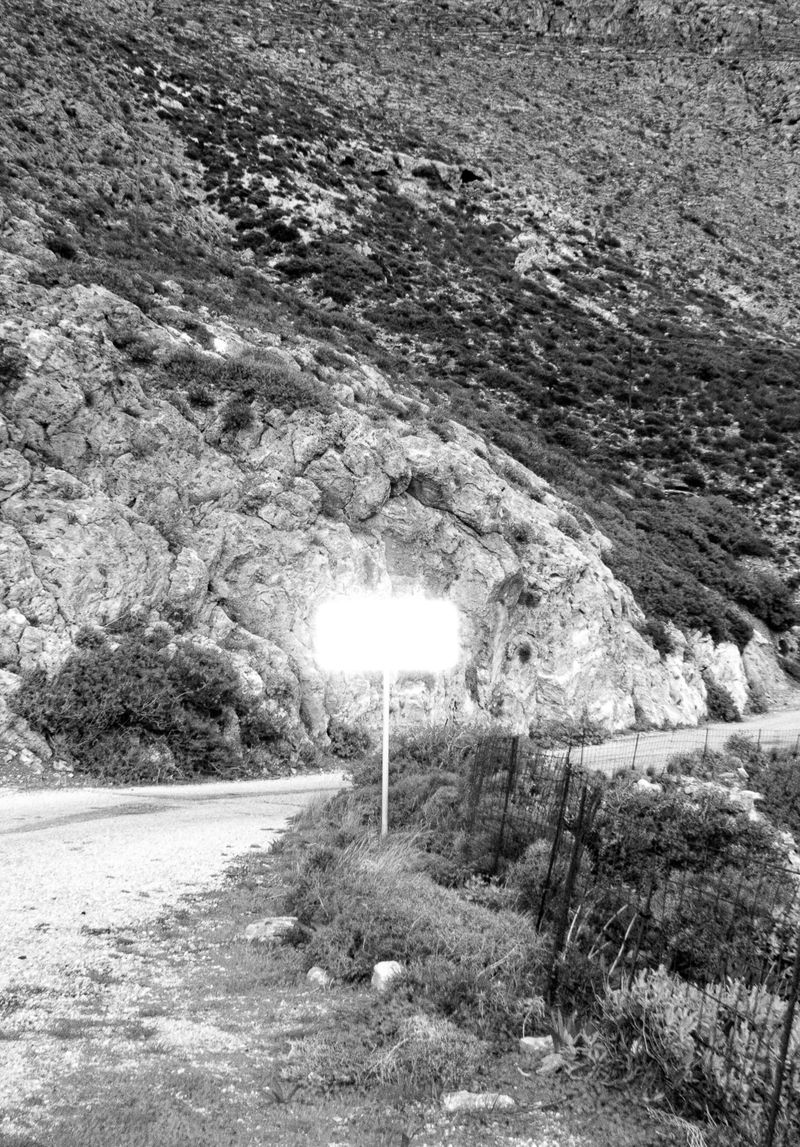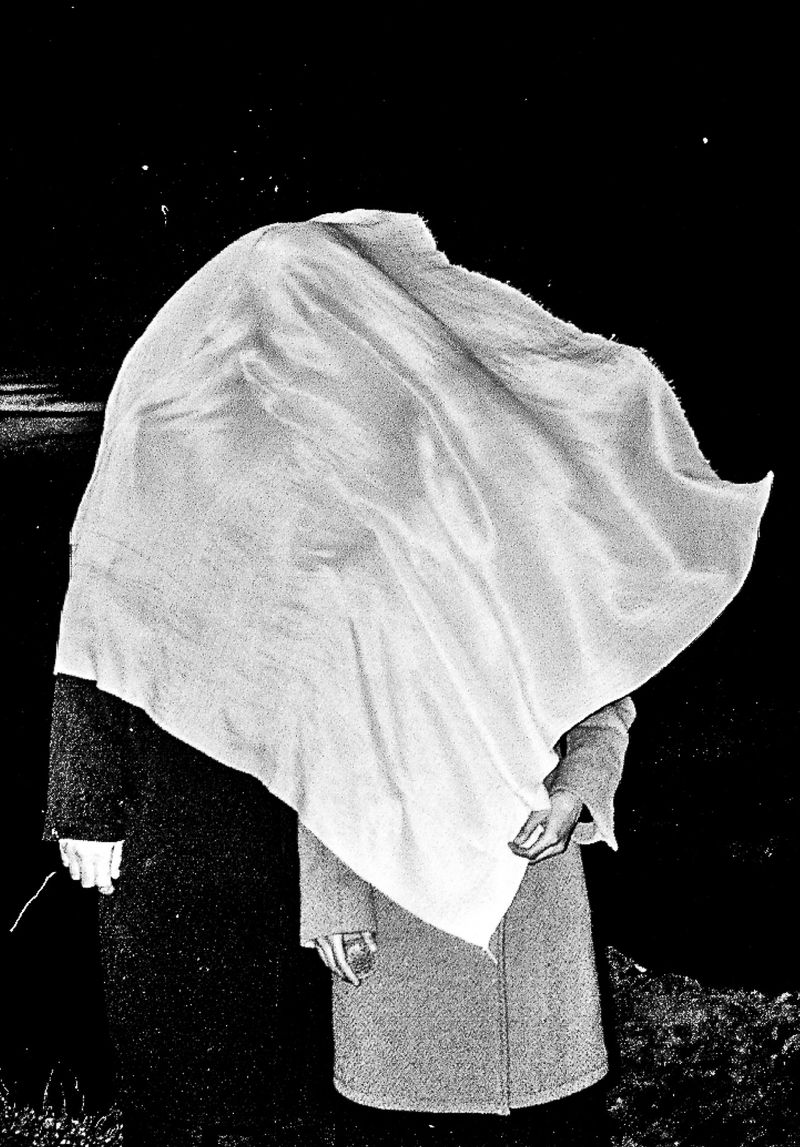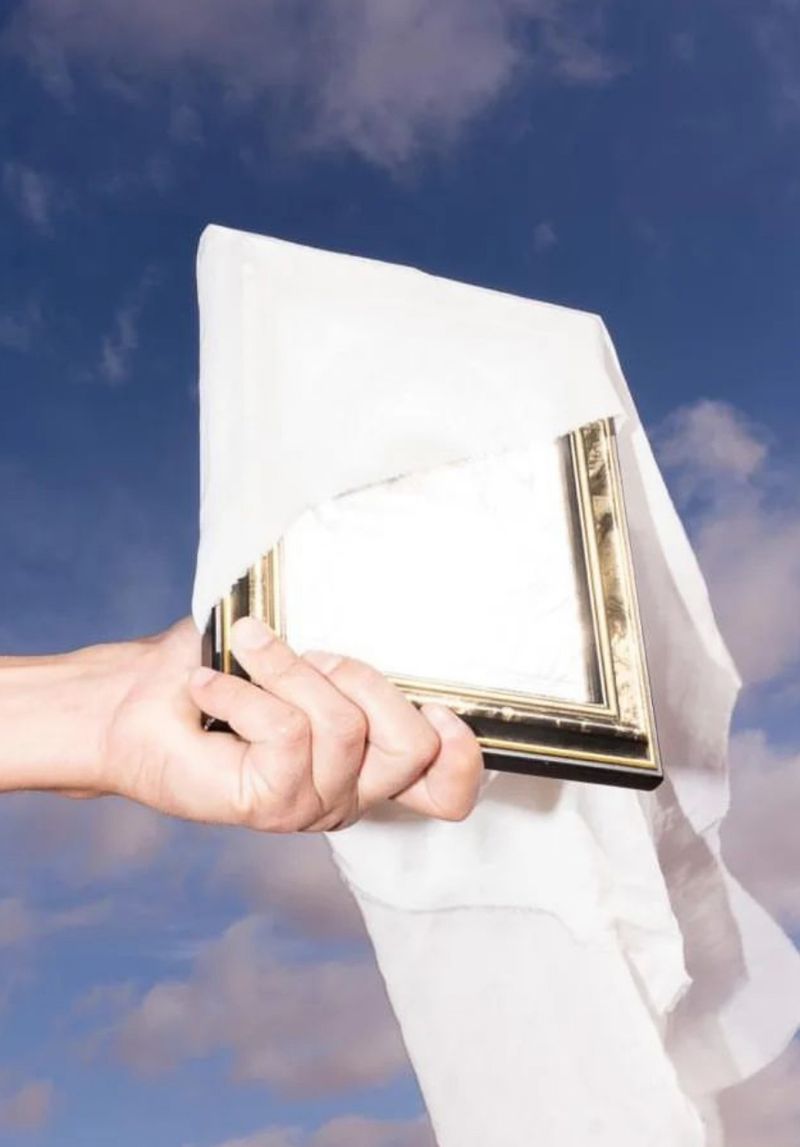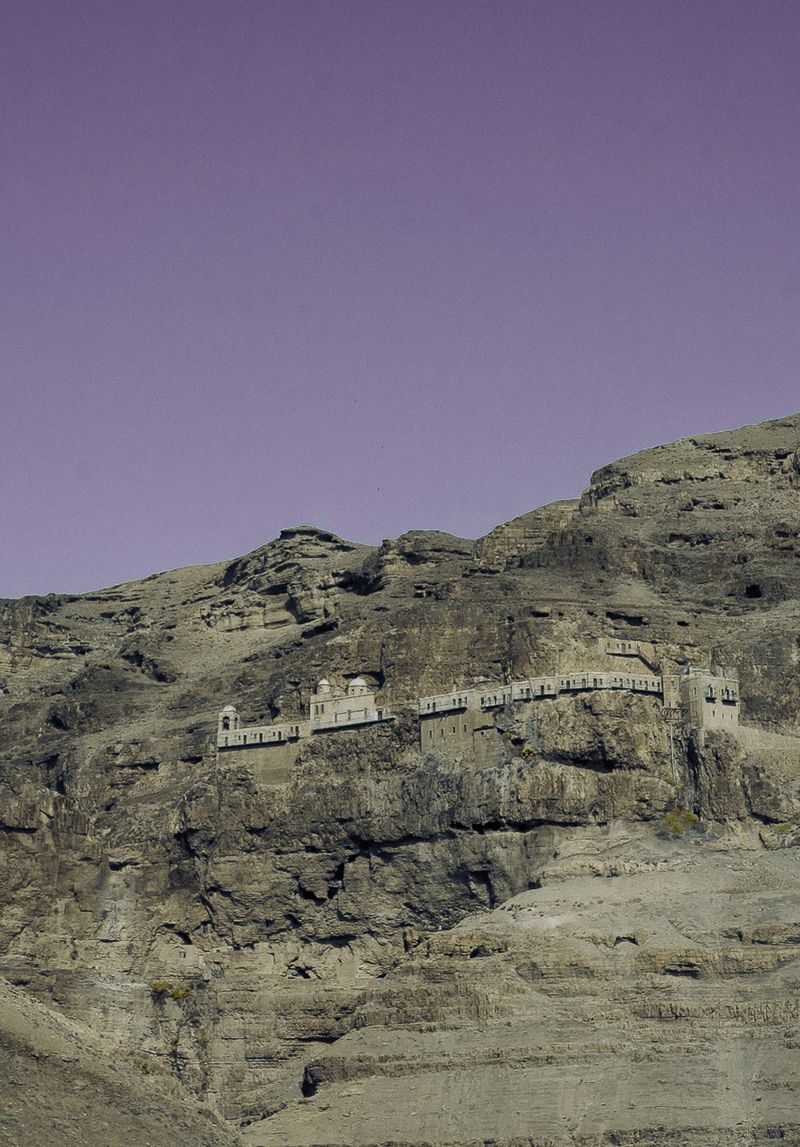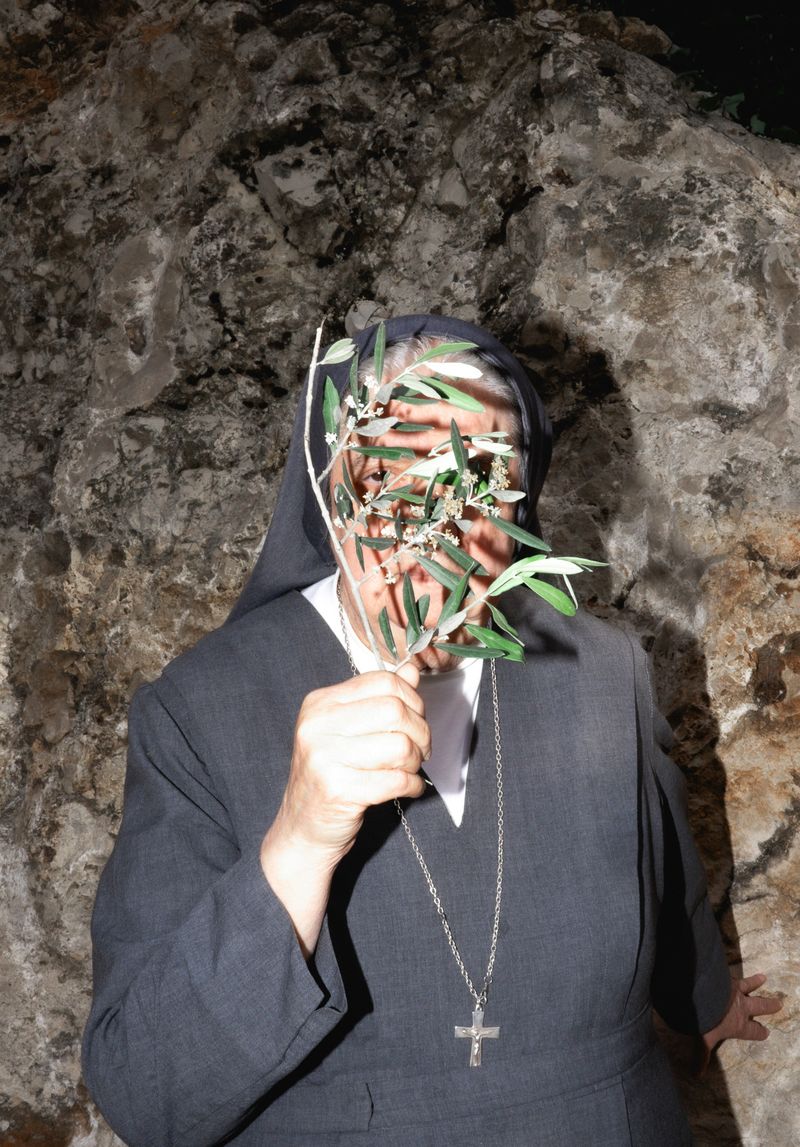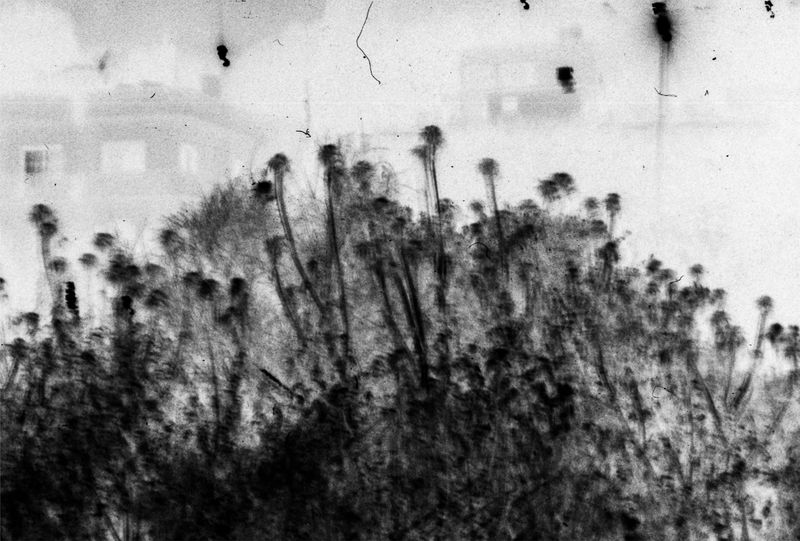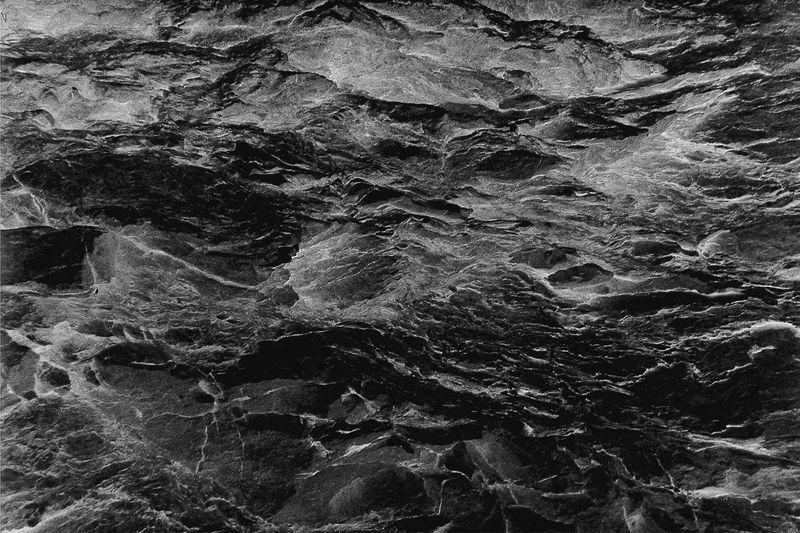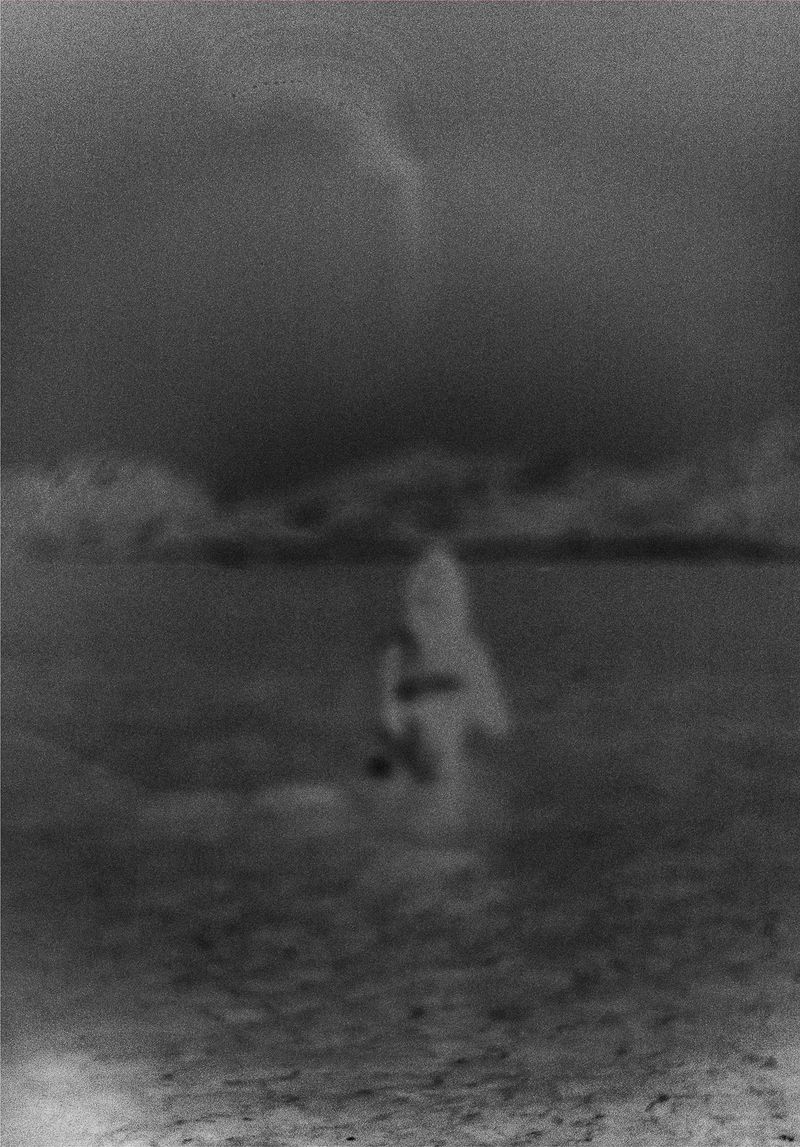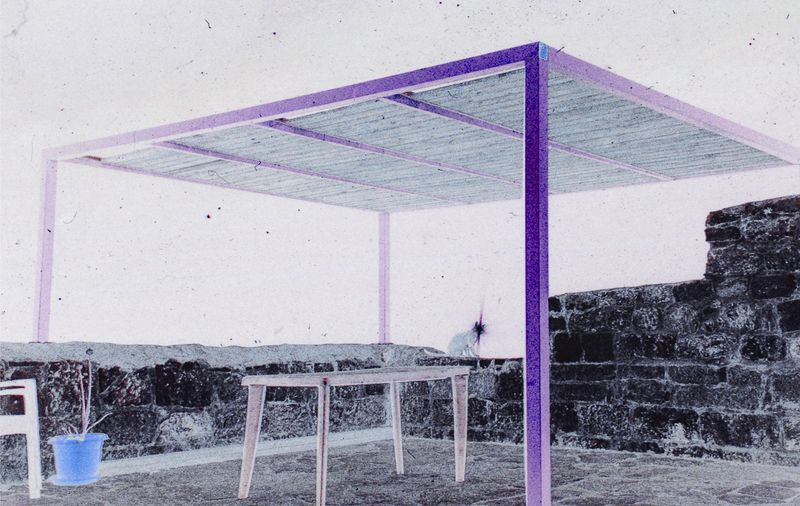L'anabase (2025)
-
Dates2023 - Ongoing
-
Author
- Locations Athens, Amorgianoi, Bethlehem, Jericho
-
Recognition
-
Recognition
L'anabase, from the Greek "ἀνάβασις," meaning ascent is journey that spans across photography, sound, sculpture, film, and the written word, revisiting the Mediterranean myths of the submerged miraculous Marian icons.
L'anabase is a photographic and sound exploration into the legend of miraculous Marian icons, submerged in the waters of the Mediterranean to escape the iconoclastic movements of the 9th century. These icons, said to have been carried across the sea by divine forces, were believed to emanate a radiant light, guiding their journey toward safety and refuge. Through their journey, these icons transcend their role as static religious artifacts, becoming vehicles of identity and belonging, transforming the landscape they inhabit.
Despite their apparent stillness, the icons move. They are said to traverse vast distances and transcend boundaries, their faces slowly erased by the passage of time and the journey itself. Their facelessness, far from rendering them anonymous, strengthens their myth, affirming their identity. This erasure, their silent and weathered features, speaks to the endurance of sacredness through time and adversity. The absence of their faces becomes a symbol of survival, an enduring presence that is at once singular and universal.
The project traces these sacred objects across the Mediterranean, moving through layers of myth and history. In particular, it investigates the story of the Panagia Chozoviotissa, an icon that is said to have traveled from Palestine to Greece, where it found a permanent home in a cave monastery. Its presence there is more than symbolic—this icon, like others, serves as a link between the earthly and the divine. It holds a space between worlds, a space where the invisible becomes visible, and where memory and identity are held in suspension.
The Mediterranean, a liquid continent, becomes the stage for these icons’ miraculous transformation. As they traverse its waters, the sea itself becomes a symbol of passage, a liminal space where myths, identity, and memory intertwine. This is not only a visual investigation of religious artifacts but a meditation on the intersection of space, time, and belief.
In this project, the journey of these icons is echoed in the voices and stories of women who have shaped Mediterranean history—artists, activists, musicians—each one a vehicle for change in their own right. As the icons once crossed the sea in search of refuge, these women transcend boundaries, their struggles interwoven with those of the sacred figures they encounter.
L'anabase begins with a deeply personal journey, the loss of a mother leading to the monastery of Panagia Chozoviotissa, known to attract those who have lost their mothers. From this moment, the project embarks on a pilgrimage, retracing the fragmented narratives of the miraculous icons, whose light continues to shine across the Mediterranean, offering both refuge and guidance.
L'anabase's intent is to serve as an ex voto-anthology to these miraculous icons, telling their myths, capturing their light through the photographic medium, and seeking to uncover the veil of their enigmatic facelessness, while giving a voice to these silent figures.
_____
Context of Project and Grant Application
L'anabase forms the core of my artistic practice, connecting various projects that explore themes of movement, displacement. This research-based journey has given birth to other related works such as Atopos, The Body I Once Climbed, and Itinéraires (see portfolio), as well as fostering collective initiatives. During my residency at Radio alHara/Wonder Cabinet in Bethlehem, Palestine (January–June 2024), one of my projects involved the creation of a community photo darkroom to gather and support local photographers through workshops and facilities. The local community is now developing, growing it and fully leading it.
L’anabase, as cornerstone of my broader research, delves into the submerged Marian icons of the Mediterranean and their symbolic role in navigating themes of identity and resilience. By examining these icons’ transformative journeys, L'anabase embodies both a personal and collective pilgrimage that connects history, mythology, and contemporary struggles. The grant would allow me to further develop this project, including an exhibition, a book, and continued community engagement, expanding the impact and reach of these themes.
Links
Film (Unreleased - 24 min) : https://drive.google.com/file/d/1UTiR9fcLIxbW6lHwqO36dvu_Ip5Fq9hK/view?usp=drive_link
Radio Show (LYL RADIO - Bimestrial) : https://lyl.live/show/glisten
Book : In progress (Editor : Lia Pradal)
